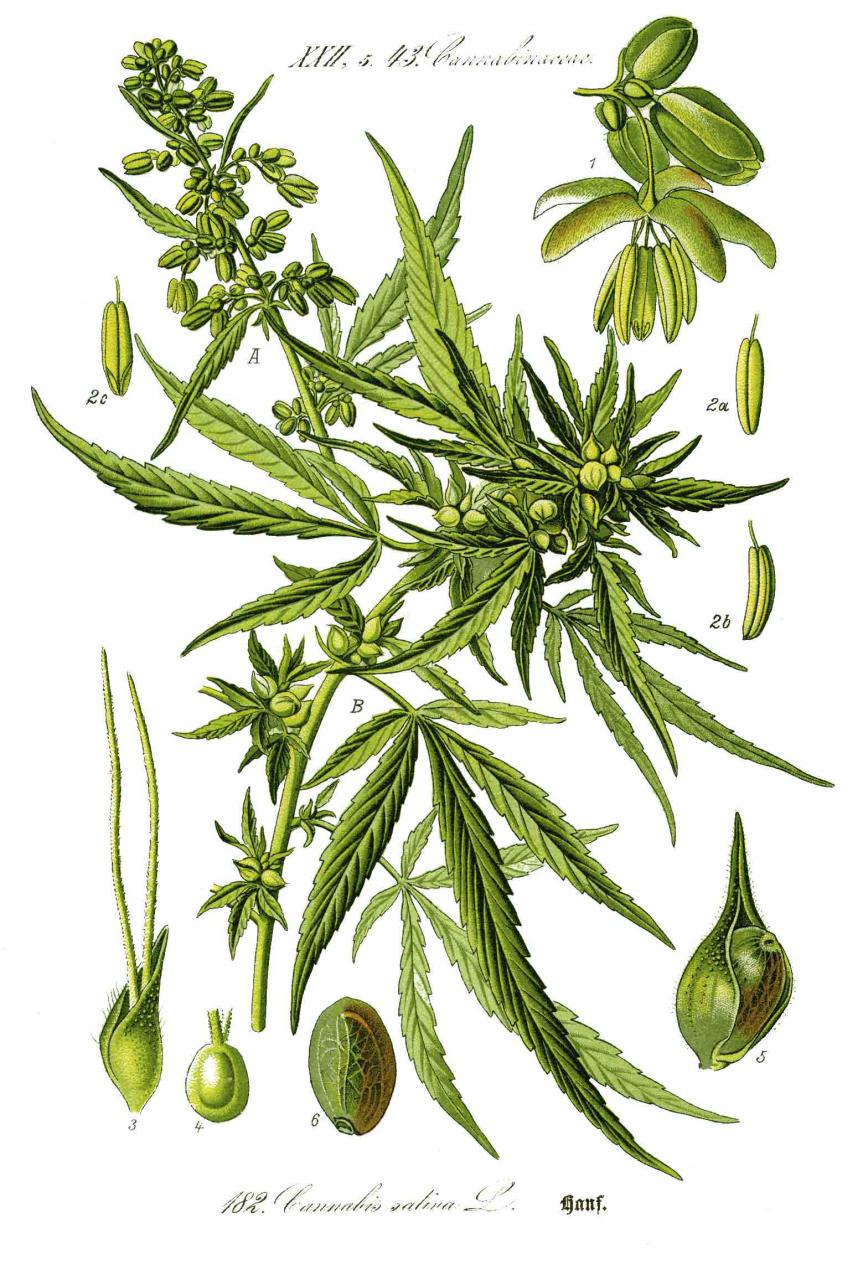
“Tetrahydrocannabinol (THC), the major psychoactive component of marijuana, is a cannabinoid agonist that exerts its effects by activating at least two specific receptors (CB1 and CB2) that belong to the seven transmembrane G-protein coupled receptor (GPCR) family.
Both CB1 and CB2 mRNA and proteins are present in the heart.
THC treatment was beneficial against hypoxia in neonatal cardiomyocytes in vitro.
We also observed a neuroprotective effect of an ultra low dose of THC when applied to mice before brain insults.
The present study was aimed to test and characterize the cardioprotective effects of a very low dose of THC…
All protocols of THC administration were found to be beneficial.
CONCLUSION:
A single ultra low dose of THC before ischemia is a safe and effective treatment that reduces myocardial ischemic damage.”





